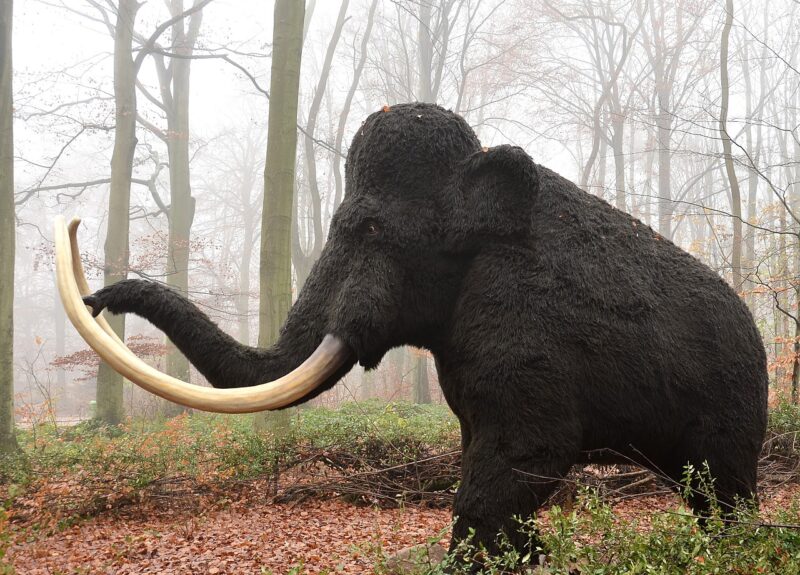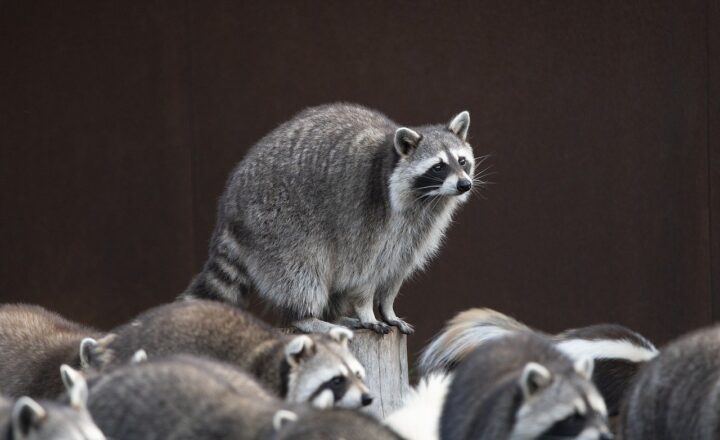Exploring Extinct Animals: What They Were Like and Why They Disappeared
November 18, 2024

Extinction is a natural phenomenon, but the extinction of certain species throughout Earth’s history has been accelerated by human activity. Understanding extinct animals offers us remarkable insights into life on our planet and the various factors that can lead to a species’ demise. In this article, we will explore notable extinct animals, what they were like, and the significant reasons for their extinction, shedding light on our role in their disappearance and the lessons we can learn.
1. The Dodo: A Cautionary Tale
The dodo (*Raphus cucullatus*) was a flightless bird endemic to the island of Mauritius in the Indian Ocean. This iconic symbol of extinction existed in the late 17th century, disappearing just a century after its discovery by humans.
- Physical Characteristics: The dodo stood about 3 feet tall and weighed around 23-39 pounds. It had a large, hooked beak and a stout body covered in grey, tufted feathers.
- Behavior and Habitation: Dodos were ground-nesting birds that inhabited the dense forests of Mauritius. They were known for their curiosity and had no natural predators until humans arrived.
- Causes of Extinction: The primary factors leading to the dodo’s extinction were overhunting by sailors and the introduction of invasive species like rats, pigs, and monkeys that preyed on dodo eggs and competed for resources. Within a mere 30 years of its discovery, the dodo became extinct, highlighting the urgent need for conservation efforts.
2. The Woolly Mammoth: Giants of the Ice Age
The woolly mammoth (*Mammuthus primigenius*) roamed the northern parts of North America, Europe, and Asia during the last Ice Age. With their long tusks and thick fur, they were well-adapted to cold environments.
- Physical Characteristics: Woolly mammoths could reach 13 feet tall, weighing between 6 to 8 tons. They were covered in long, shaggy hair, had a hump of fat on their backs for insulation, and long curved tusks that could measure up to 15 feet.
- Behavior and Lifestyle: These large herbivores traveled in herds for protection and foraging, primarily grazing on grasses, shrubs, and other vegetation. Evidence suggests they exhibited social behaviors similar to modern elephants.
- Causes of Extinction: The woolly mammoth faced several threats, including climate change, which diminished their habitat, and overhunting by early humans, leading to a gradual decline. They went extinct around 4,000 years ago, with the last populations residing on Wrangel Island in the Arctic Ocean.
3. The Saber-Toothed Cat: Predators of the Past
The saber-toothed cat, often referred to as *Smilodon*, is one of the most visually striking extinct animals. With its elongated canine teeth, it roamed North America and parts of South America between 2.5 million and 10,000 years ago.
- Physical Characteristics: Saber-toothed cats were muscular and stocky, weighing between 160 to 620 pounds. Their defining feature, the long saber-shaped canine teeth, could grow up to 8 inches in length, making them formidable predators.
- Hunting and Social Behavior: They likely hunted in groups, taking down large prey like bison and mammoths, using a combination of stealth and strength. Their hunting strategy focused on ambush and quick strikes due to the limitations of their short limbs for endurance hunting.
- Causes of Extinction: The primary reasons for the saber-toothed cat’s extinction include climate change that led to the loss of habitat and prey, overhunting by early humans, and competition from other predator species. They disappeared about 10,000 years ago during the Pleistocene era, coinciding with the end of the Ice Age.
4. The Passenger Pigeon: A Lesson in Overhunting
Once one of the most numerous birds in North America, the passenger pigeon (*Ectopistes migratorius*) was hunted to extinction in the early 20th century, a stark example of how human activity can drastically impact wildlife.
- Physical Characteristics: Passenger pigeons were medium-sized birds with long, pointed wings and a distinctive two-colored plumage. Adults had a blue-grey body and a reddish chest, while juveniles were browner.
- Social Behavior: They were known for their enormous flocks, sometimes numbering in the billions, which were a sight to behold as they flew across the sky in formations. Their breeding and feeding habits relied heavily on social structures and seasonal migrations.
- Causes of Extinction: The rapid decline of the passenger pigeon in the 19th century was primarily due to mass hunting for meat and habitat destruction from deforestation. By the early 20th century, their population plummeted, with the last known passenger pigeon, Martha, dying in captivity in 1914, serving as a tragic reminder of species loss through human actions.
5. The Great Auk: The Ultimate Flightless Bird
The great auk (*Pinguinus impennis*) was a flightless bird once found in the North Atlantic. Resembling a penguin, it was well-adapted to life at sea but eventually fell victim to hunting.
- Physical Characteristics: Great auks stood about 30 inches tall and weighed up to 12 pounds, with a large, robust body, short wings, and a characteristic black and white plumage accentuated by a conspicuous white patch on their face.
- Habitat and Behavior: They were excellent swimmers, using their wings to propel them underwater. Great auks bred in large colonies and were known to be monogamous. They primarily fed on fish, which they caught by diving.
- Causes of Extinction: The great auk was hunted extensively for its feathers, meat, and oil, leading to its extinction by the mid-19th century. By 1844, they were entirely gone, emphasized by the sentiment that their loss was primarily driven by human greed and lack of foresight regarding conservation.
Conclusion: Learning from the Past
The extinction of these notable species illustrates the fragility of ecosystems and the importance of sustainable human practices. As we reflect on these fascinating extinct animals, it’s crucial to remember that our actions have far-reaching consequences not only for current species but also for future generations. Recognizing the factors that led to these extinctions—including habitat destruction, climate change, and overhunting—can guide our conservation efforts today. By promoting biodiversity and protecting endangered species, we can help ensure that the history of extinction does not repeat itself.
Understanding extinct animals provides us with valuable lessons about our relationship with nature and the urgent need for responsible stewardship of the planet. As we strive to make informed choices for a sustainable future, let us work together to protect what remains and learn from the past, ensuring that no more species join the unfortunate ranks of extinction.







